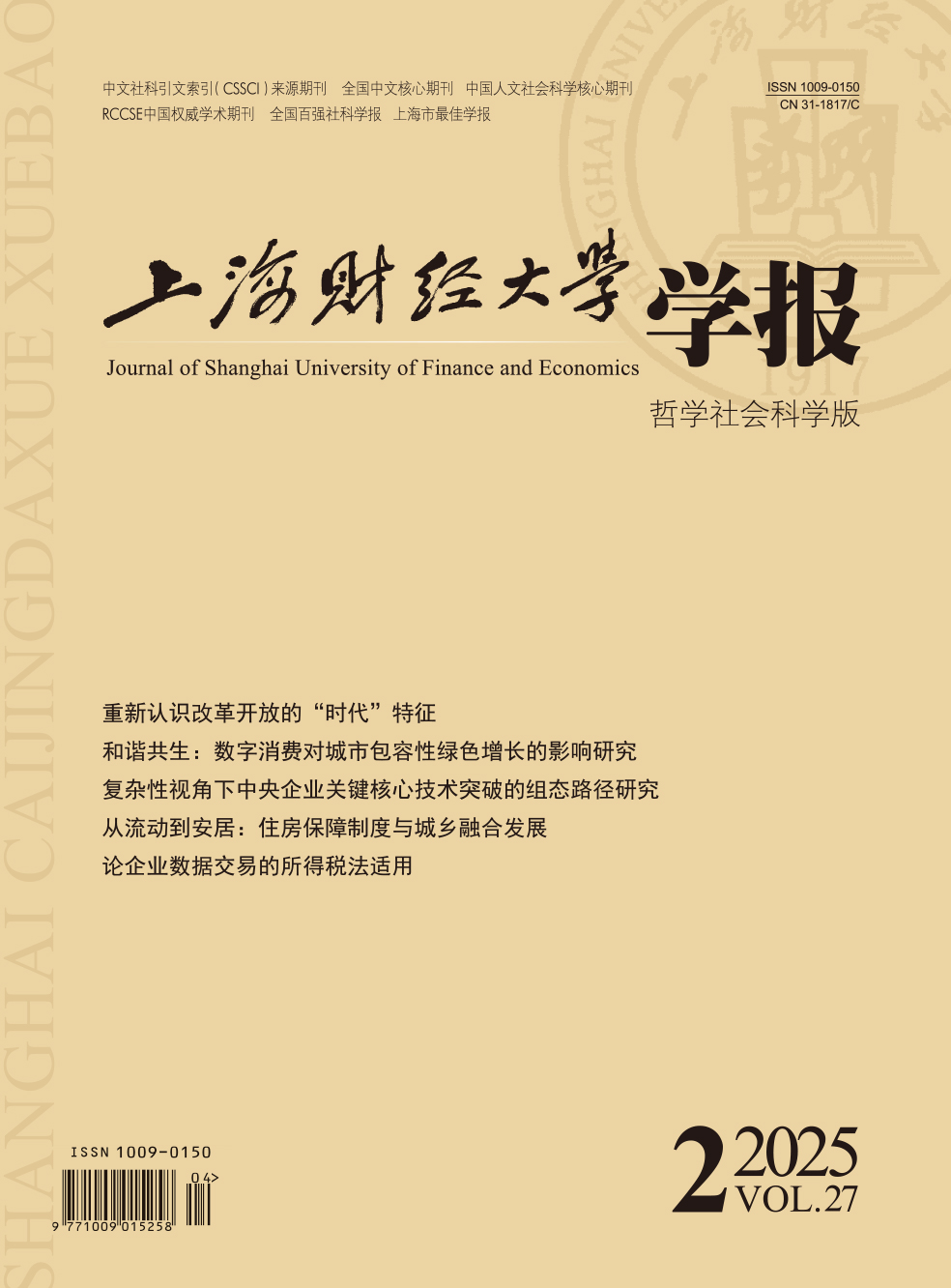The scientific and reasonable definition of provincial carbon emission responsibility is vital for China to achieve the carbon peak and carbon neutrality goal (hereinafter referred to as the “double carbon” goal). The traditional perspective of carbon emission responsibility accounting based on the “producer responsibility” and “consumer responsibility” cannot account for the carbon emission responsibility of the factor supply side, resulting in the underestimation of the carbon emission responsibility of capital and resource export-oriented provinces, which is difficult to form effective incentives for the supply provinces and the main supply departments of production factors. In practice, there is a deviation between provincial emission reduction responsibility and emission reduction potential, and between emission reduction responsibility and emission reduction capacity, reducing the efficiency of national emission reduction. It is urgent to introduce the perspective of “income responsibility” to enrich the national carbon emission statistical accounting system under the “double carbon” goal. Based on the multi-regional input-output (MRIO) method, this paper constructs a multi-dimensional carbon emission responsibility accounting model, focuses on accounting and analyzing the temporal and spatial changes and sectoral characteristics of China’s provincial carbon emission responsibility from the perspective of “income responsibility”, and compares it with the other two perspectives. The results suggest that from the perspective of “income responsibility”, China’s provincial carbon emission responsibility presents a spatial pattern of “East-Central-West” decreasing, and coastal economic provinces, large industrial provinces and resource-based provinces constitute the main responsibility provinces from this perspective. Compared with the other two perspectives, resource-based provinces and capital export-oriented provinces have higher carbon emission responsibility, but this is more matched with their emission reduction potential or capacity. From the time dimension, the carbon emission responsibility of provincial income changes unevenly among provinces due to factors such as factor supply reconstruction caused by capacity expansion and industrial transfer. The financial and energy supply sectors of some provinces should bear higher carbon emission responsibility due to the carbon emission of downstream provinces caused by the association of industrial chains. Based on the above conclusions, this paper proposes to incorporate the perspective of “income responsibility” into the national carbon emission statistical accounting system, improve the corresponding data base, explore the compensated high-carbon emission reduction responsibility path of resource-based provinces, establish an inter-provincial collaborative emission reduction mechanism based on the correlation of supply chain production factors, and strengthen the carbon emission responsibility constraint of the supply departments of finance, metal resources, coal mining and beneficiation, and other industries.
 / Journals / Journal of Shanghai University of Finance and Economics
/ Journals / Journal of Shanghai University of Finance and EconomicsJournal of Shanghai University of Finance and Economics
LiuYuanchun, Editor-in-Chief
ZhengChunrong, Vice Executive Editor-in-Chief
GuoChanglin YanJinqiang WangWenbin WuWenfang, Vice Editor-in-Chief
Research on the Responsibility Accounting of China’s Provincial Carbon Emission under the “Double Carbon” Goal : Based on the Perspective of “Income Responsibility”
Journal of Shanghai University of Finance and Economics Vol. 23, Issue 06, pp. 82 - 96 (2021) DOI:10.16538/j.cnki.jsufe.2021.06.006
Summary
References
Summary
Cite this article
Cong Jianhui, Shi Ya, Gao Hui, et al. Research on the Responsibility Accounting of China’s Provincial Carbon Emission under the “Double Carbon” Goal : Based on the Perspective of “Income Responsibility”[J]. Journal of Shanghai University of Finance and Economics, 2021, 23(6): 82-96.
Export Citations as:
For
ISSUE COVER
RELATED ARTICLES




 4236
4236  4689
4689

